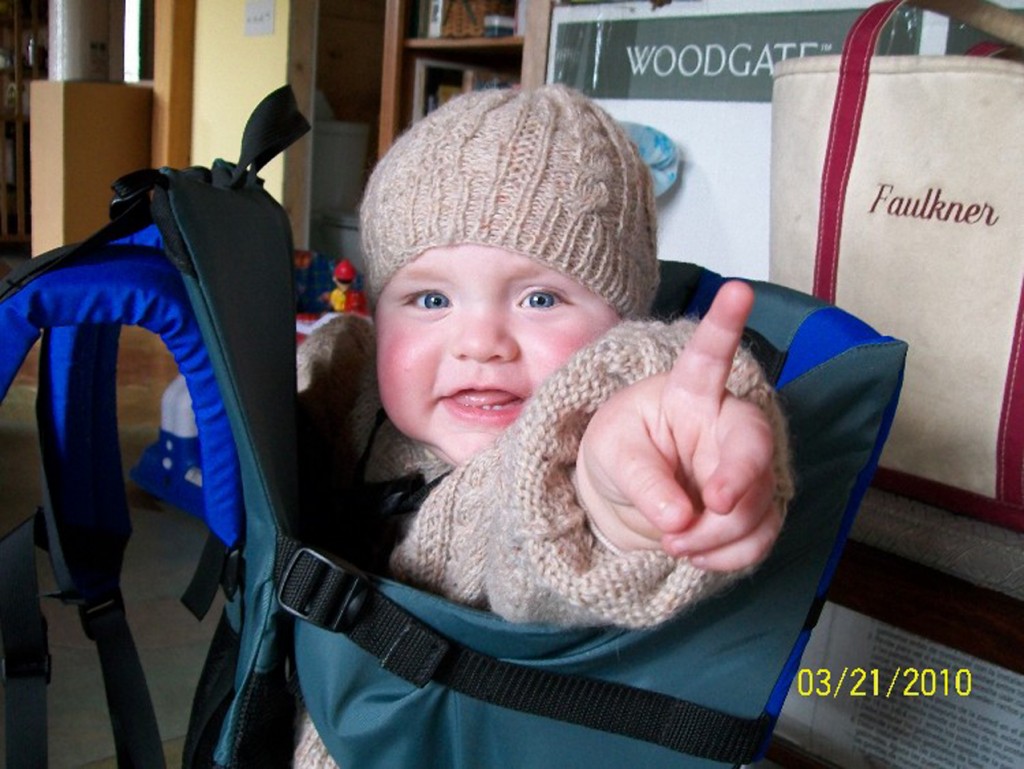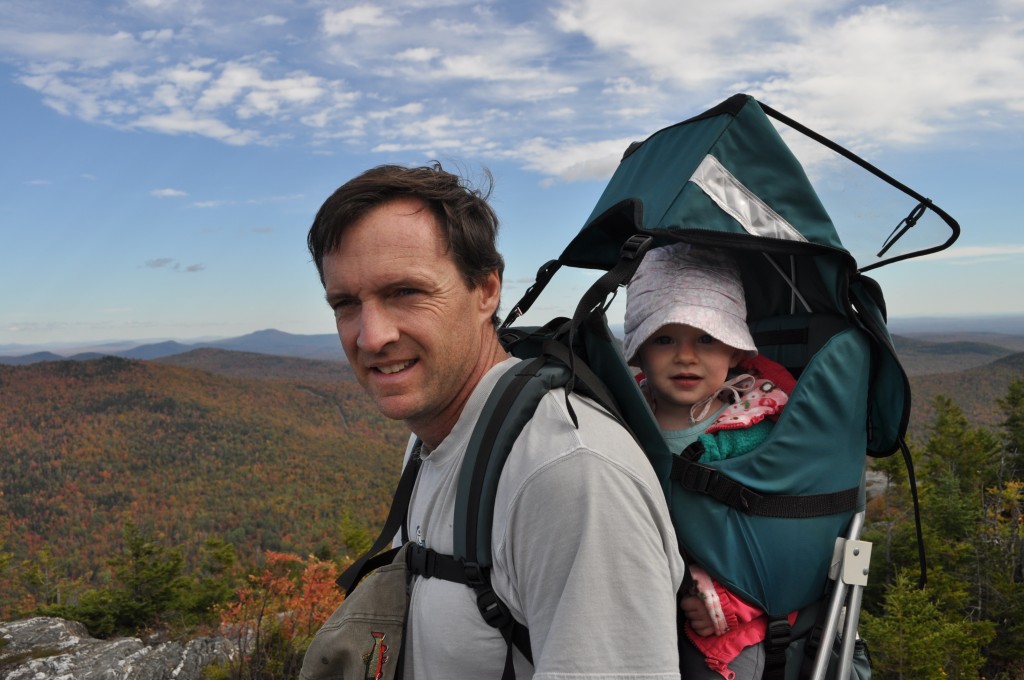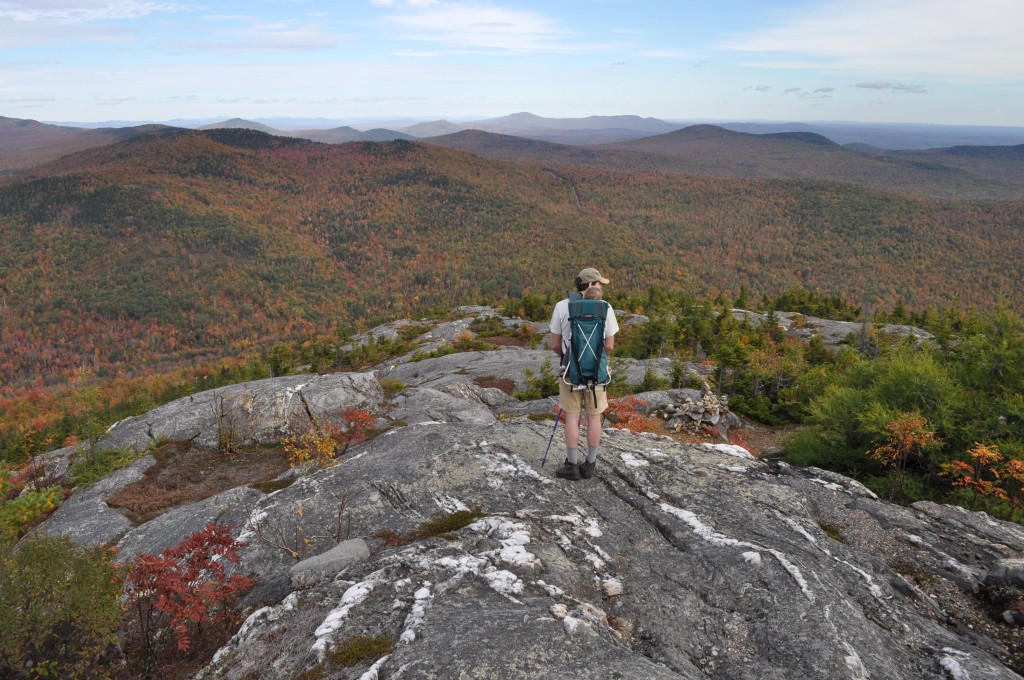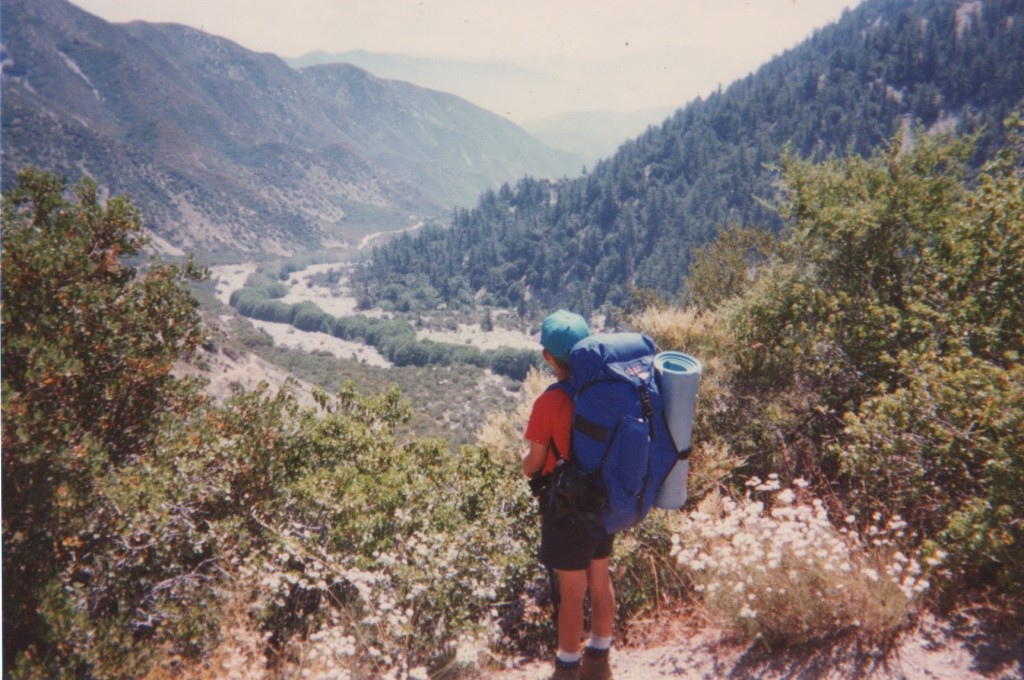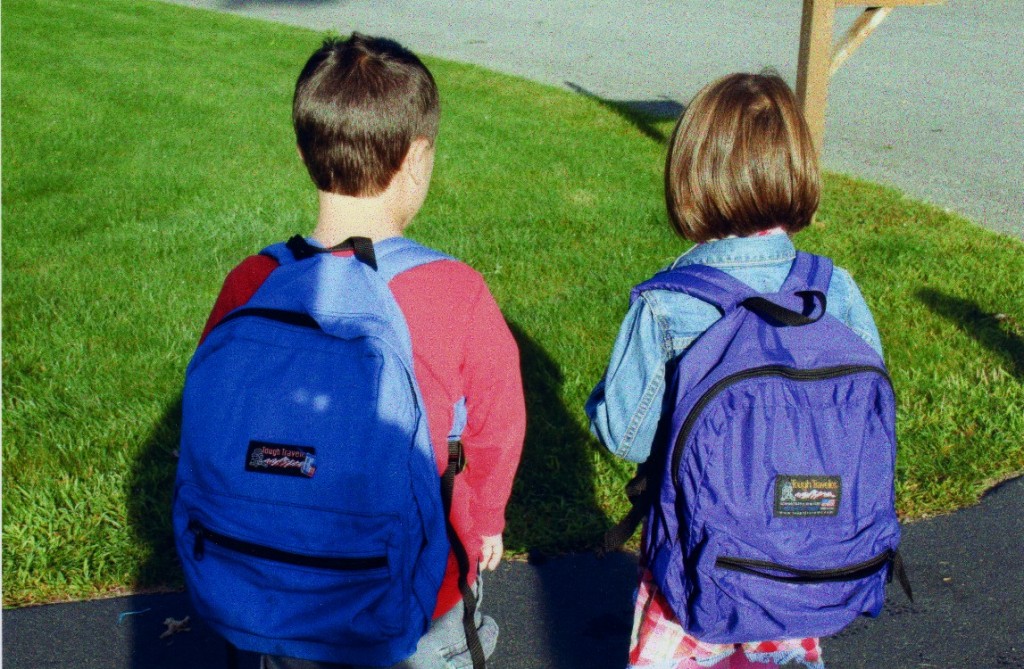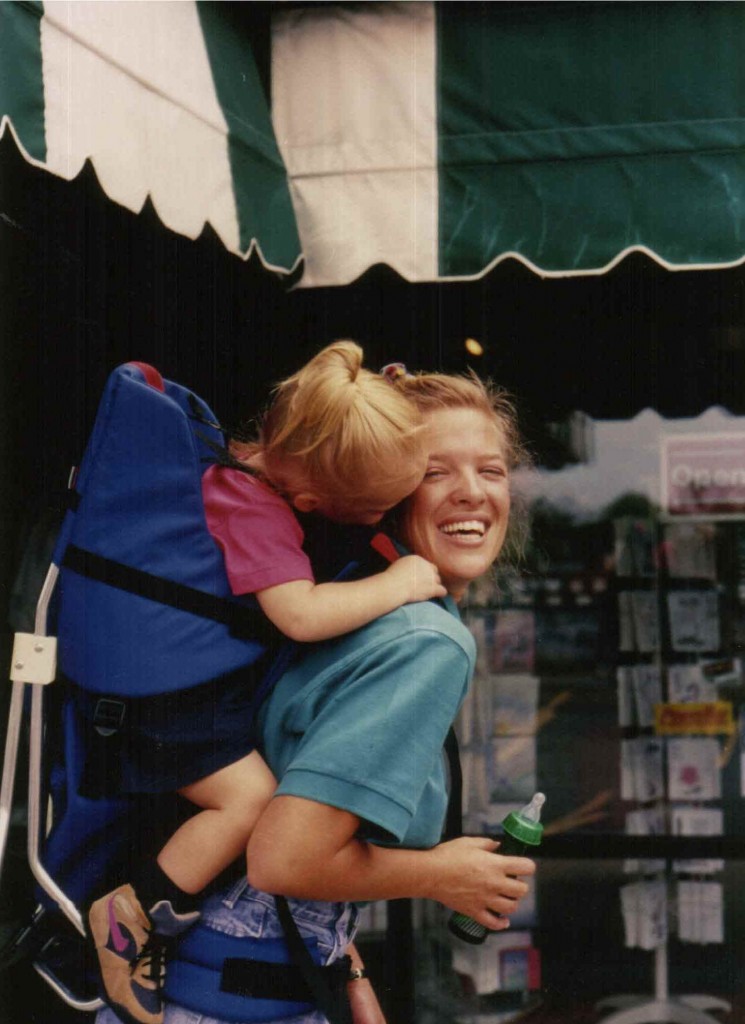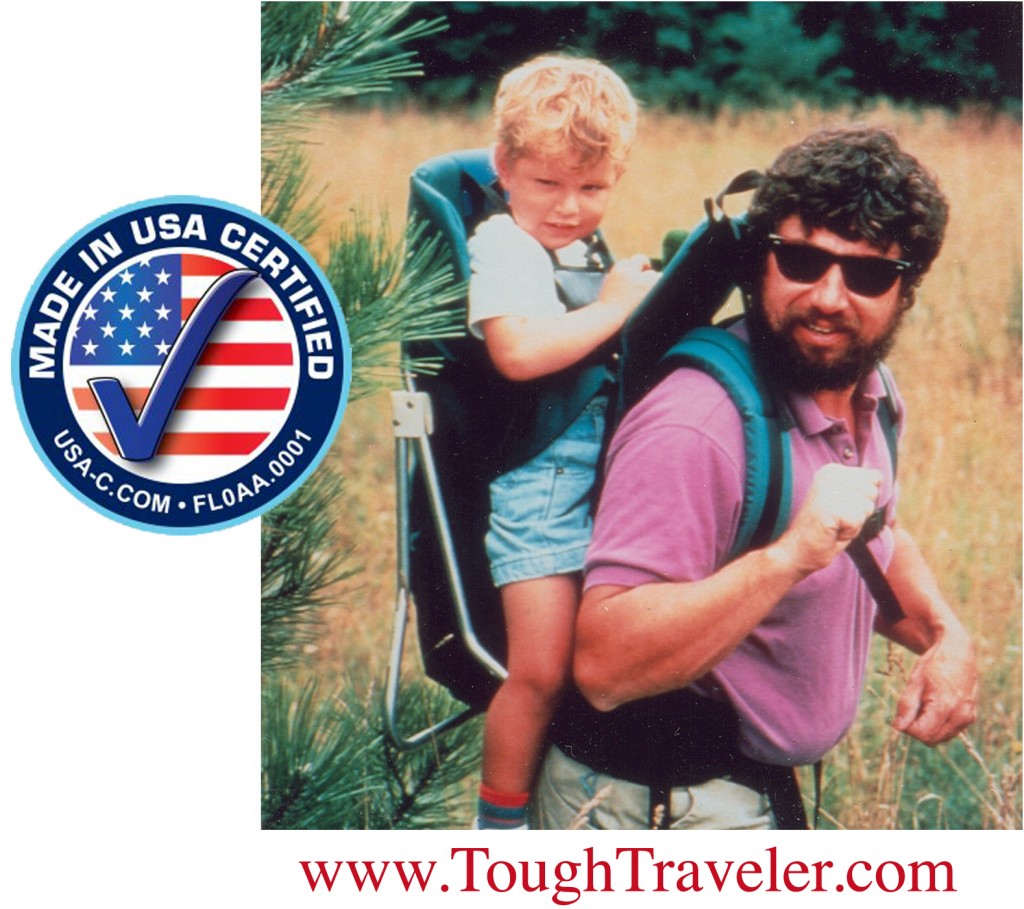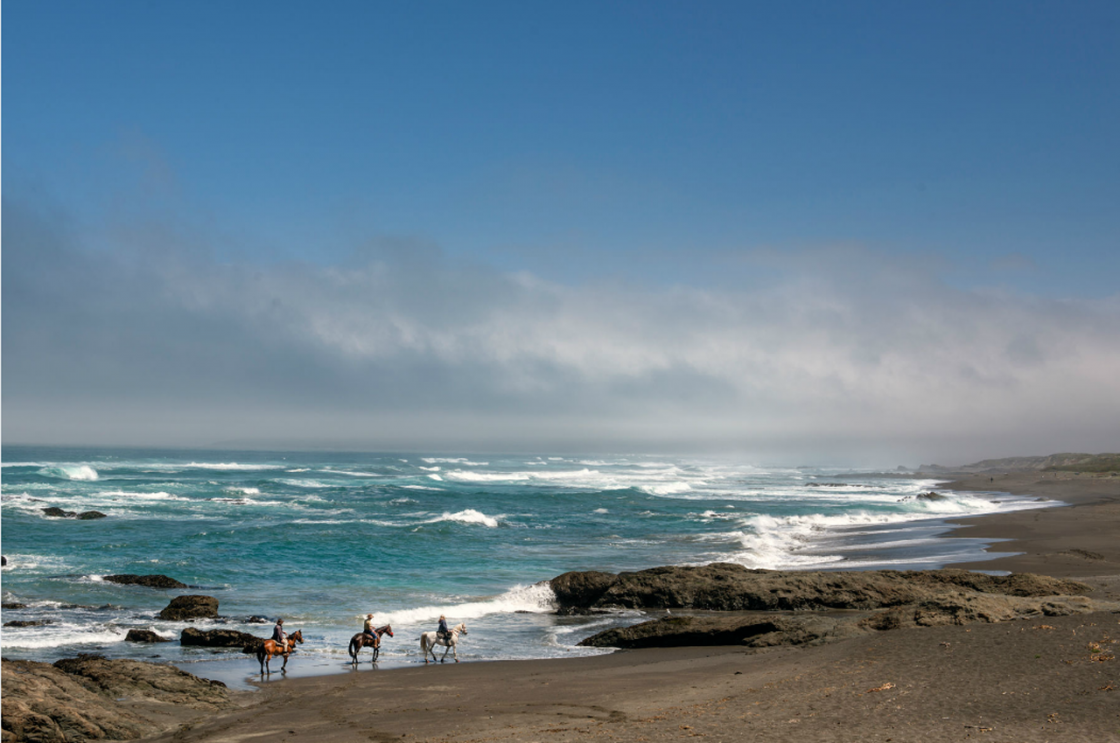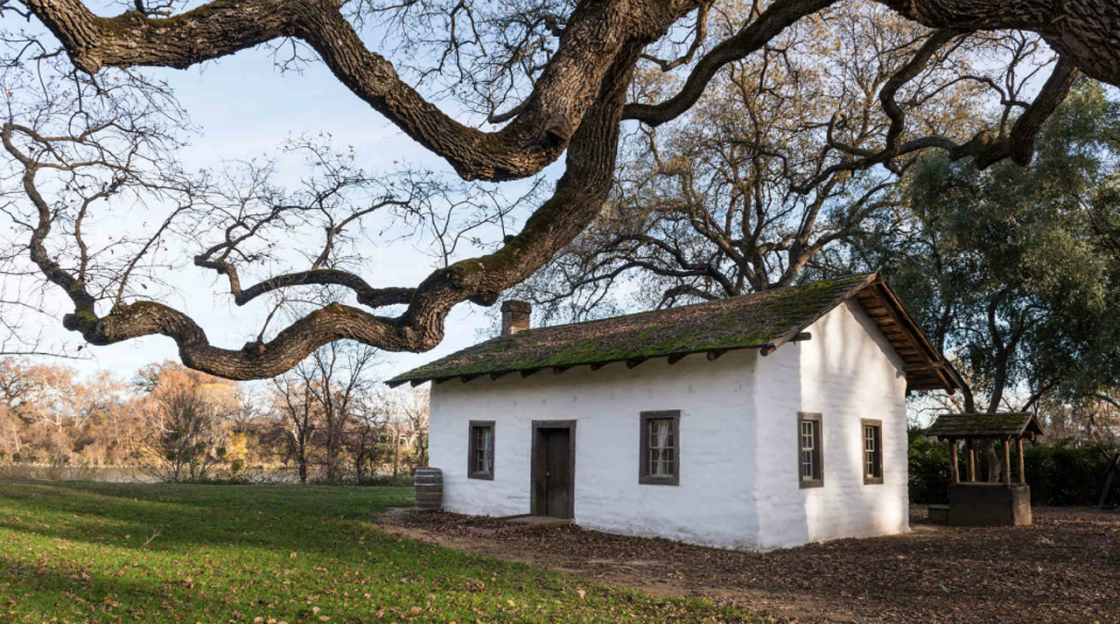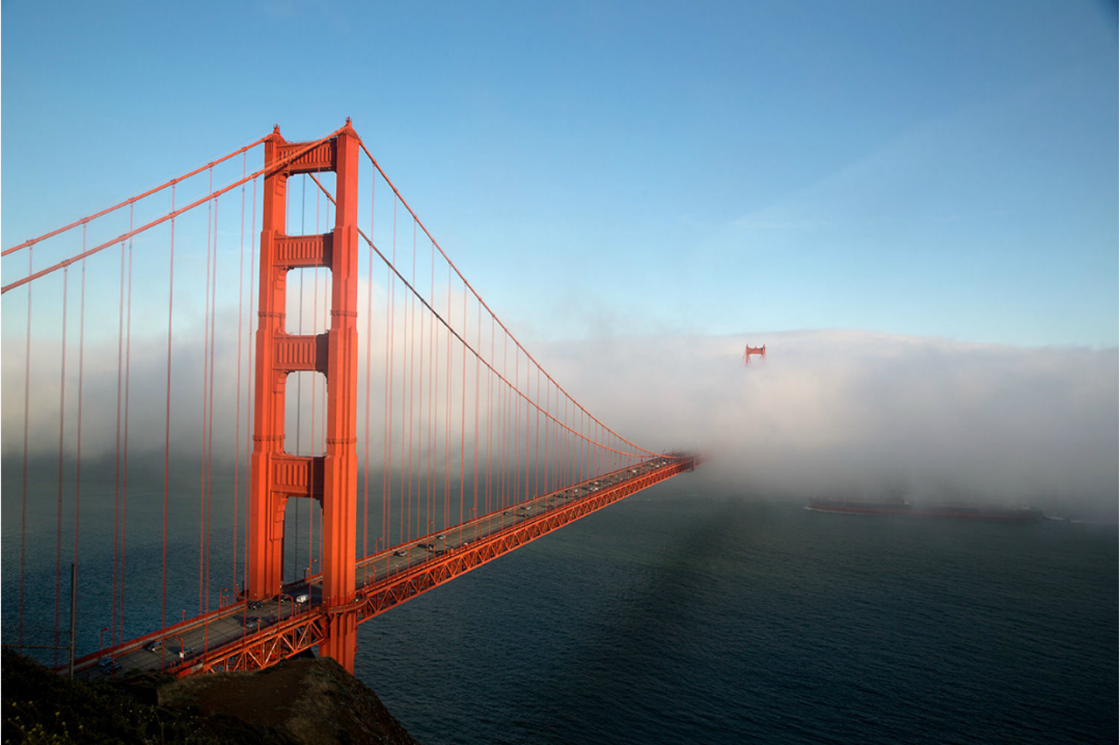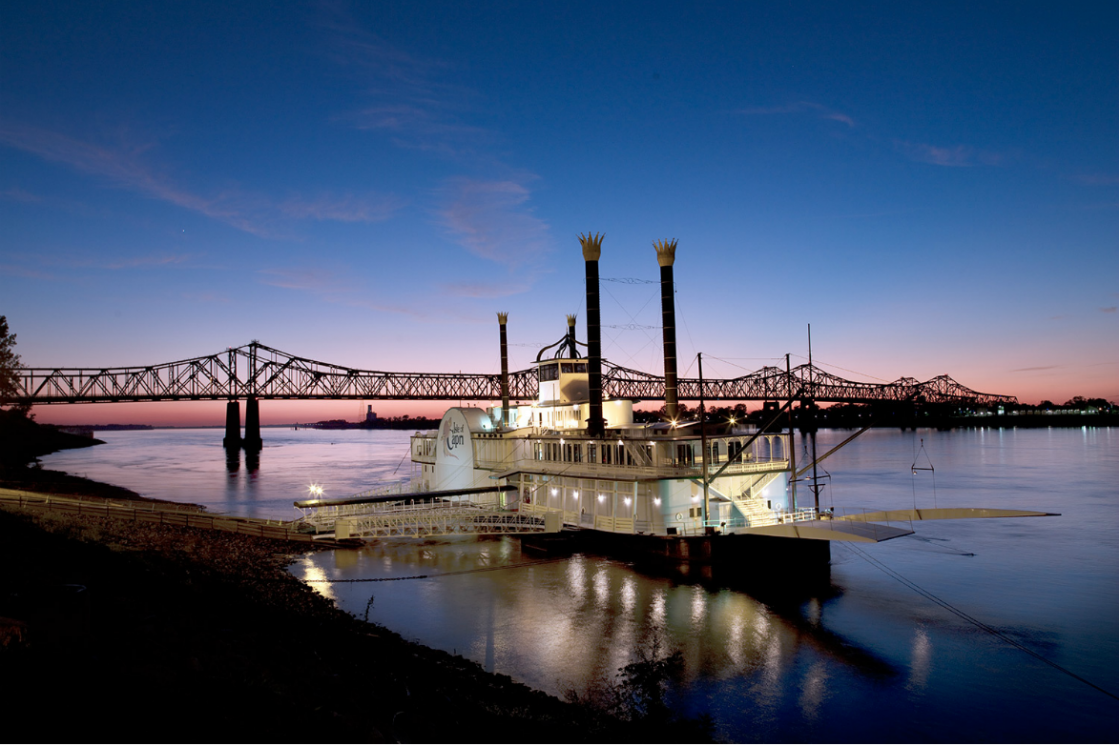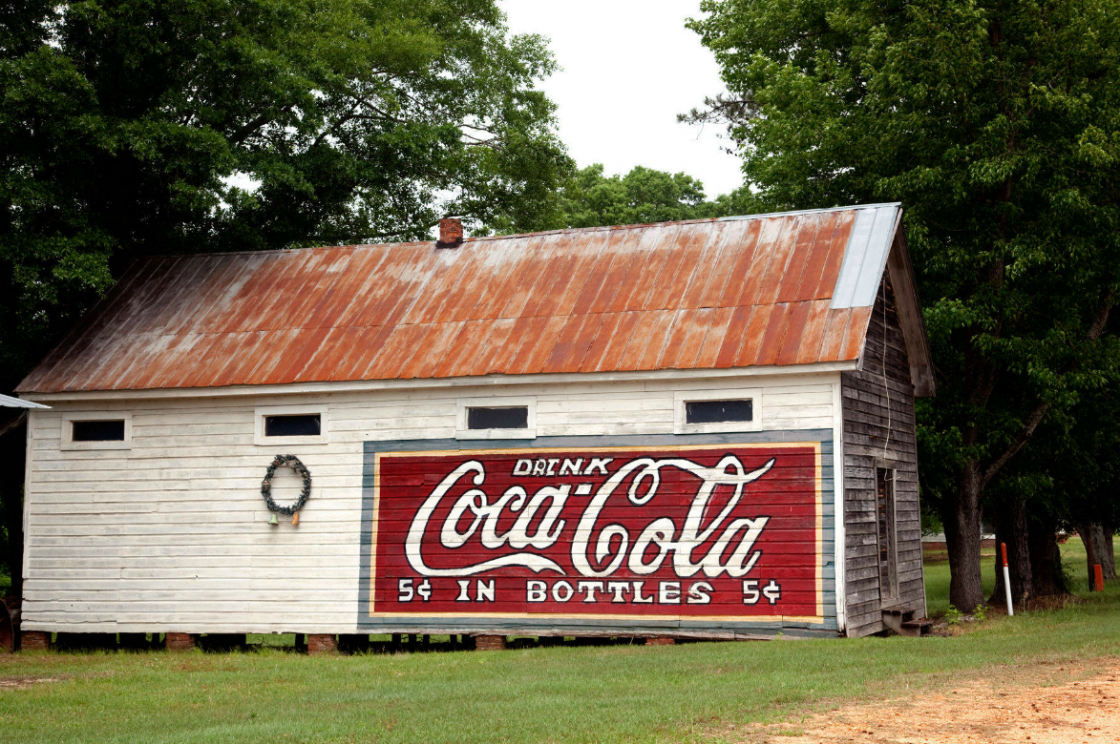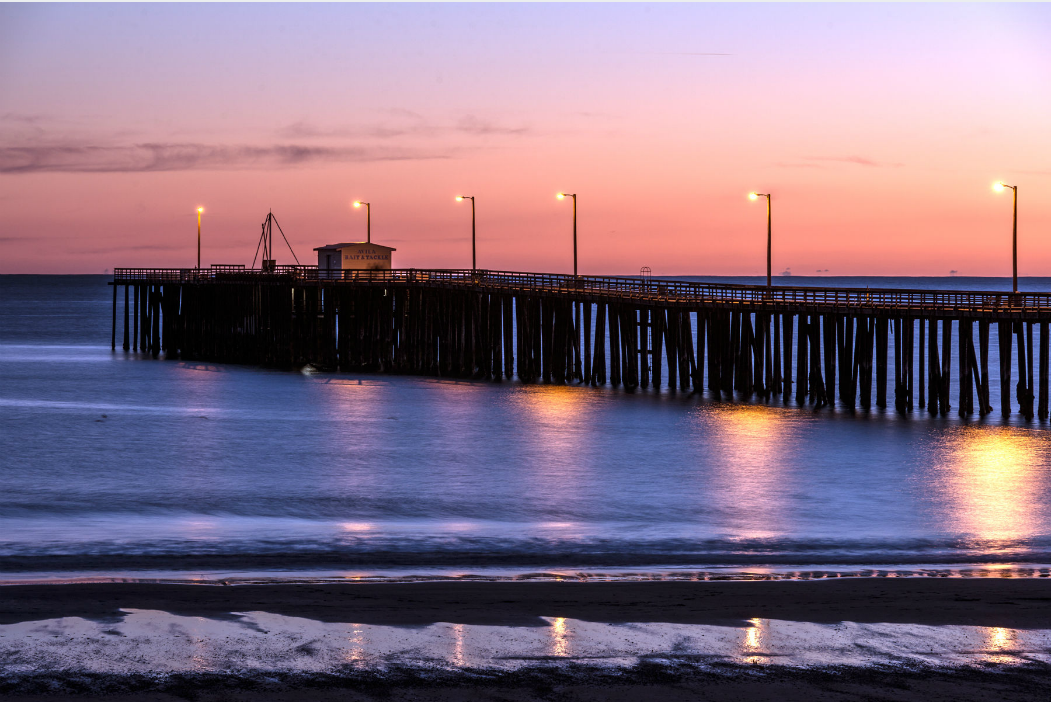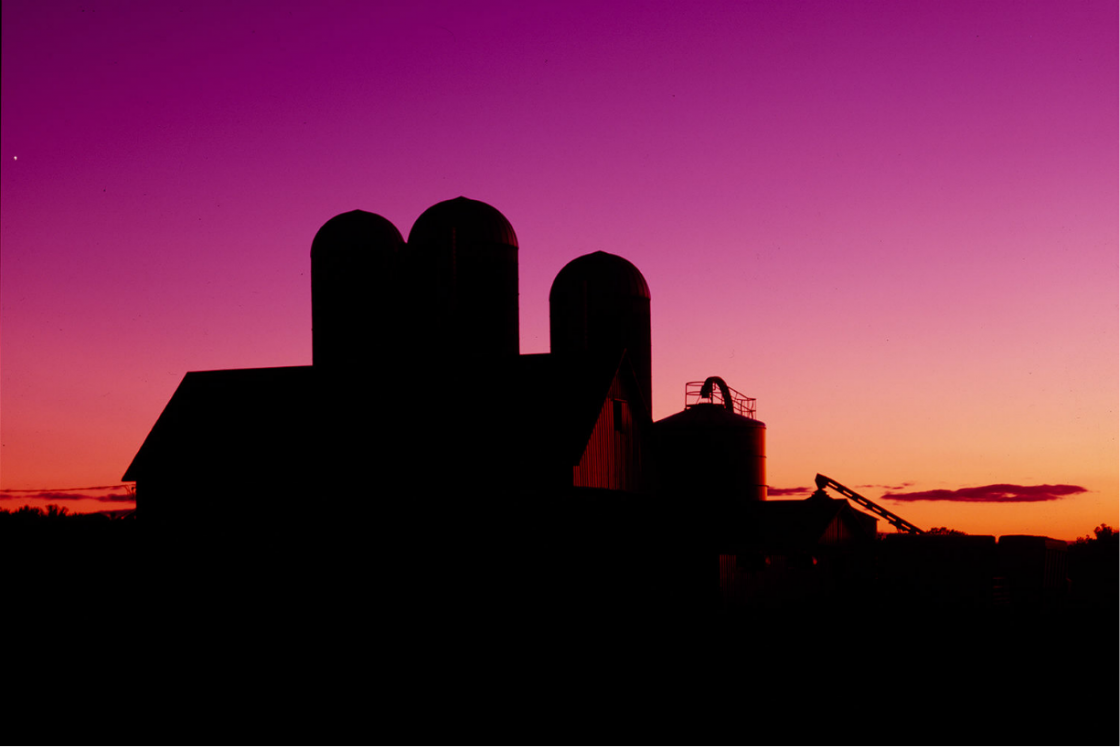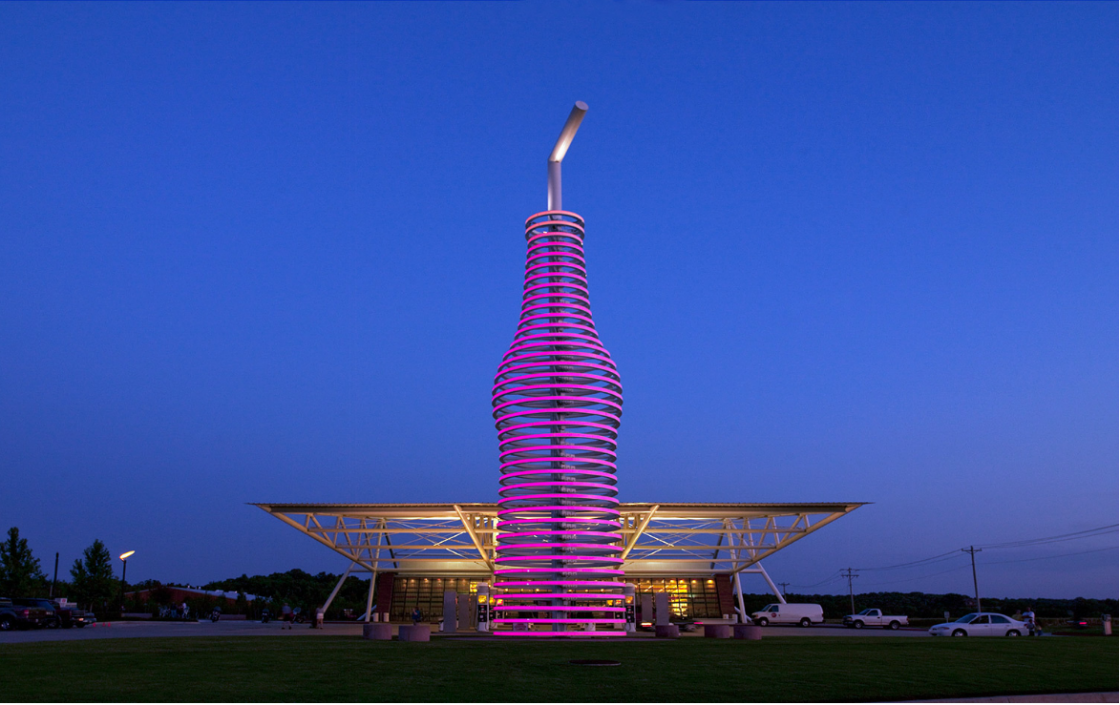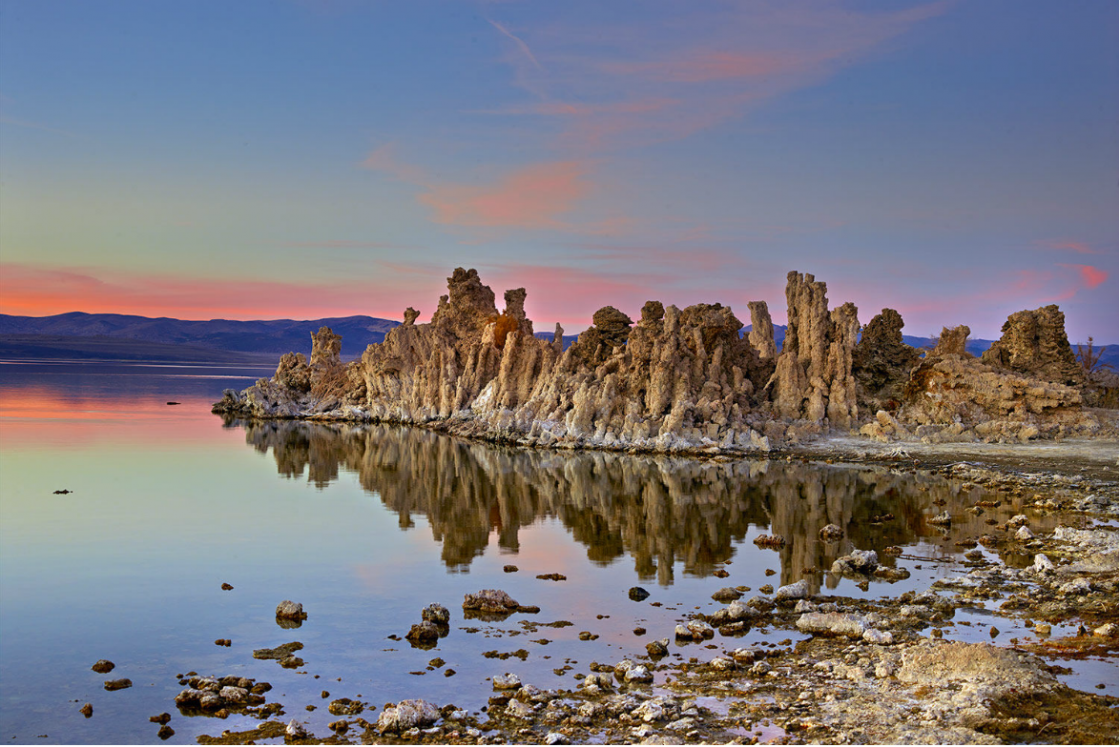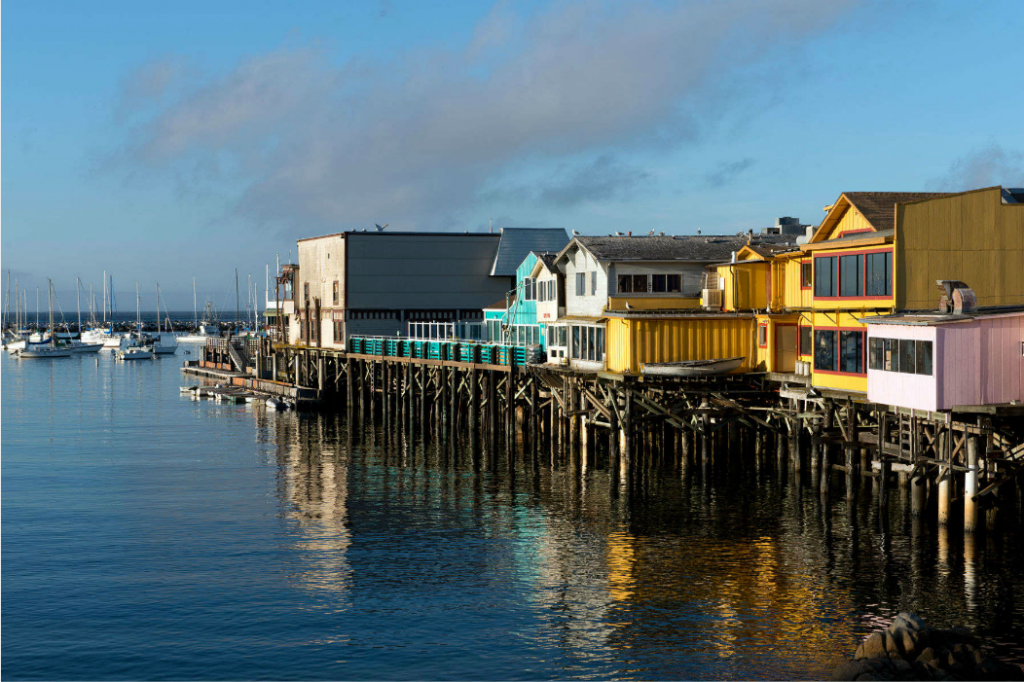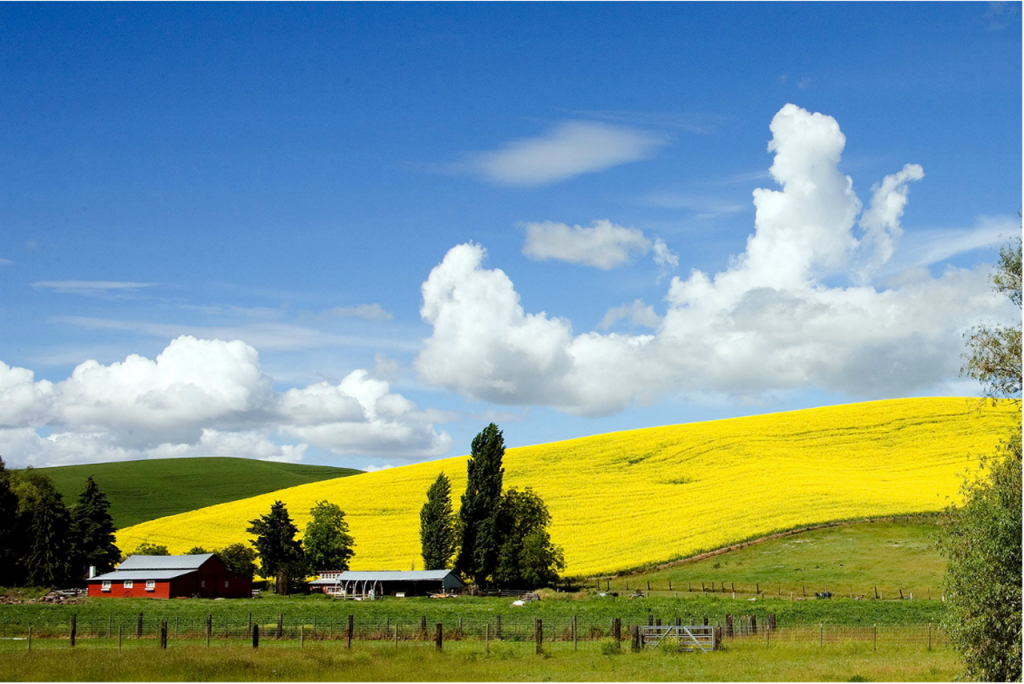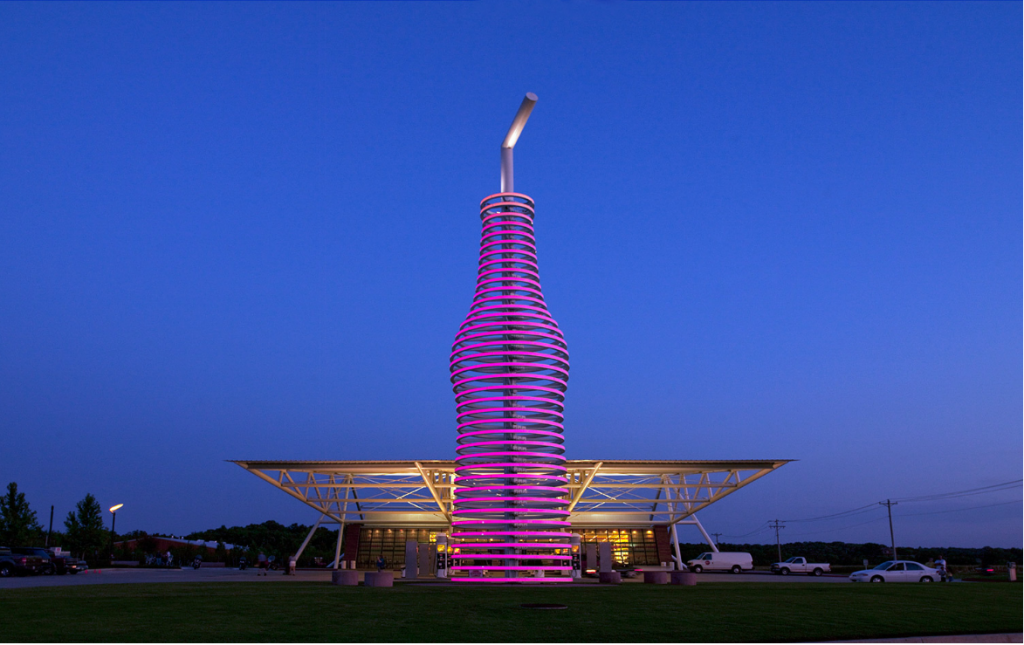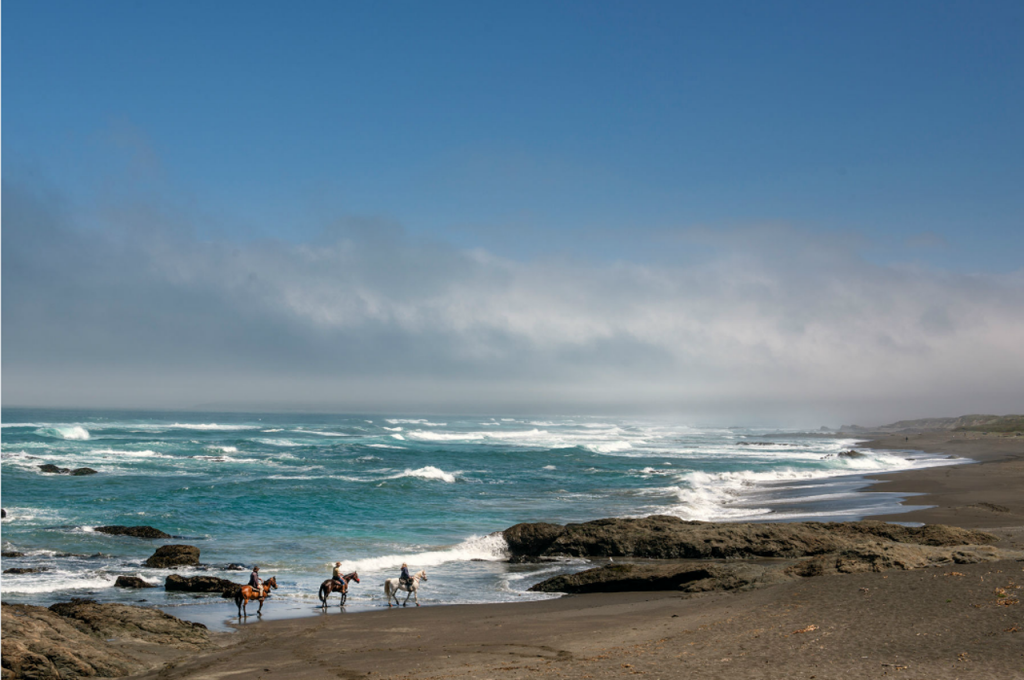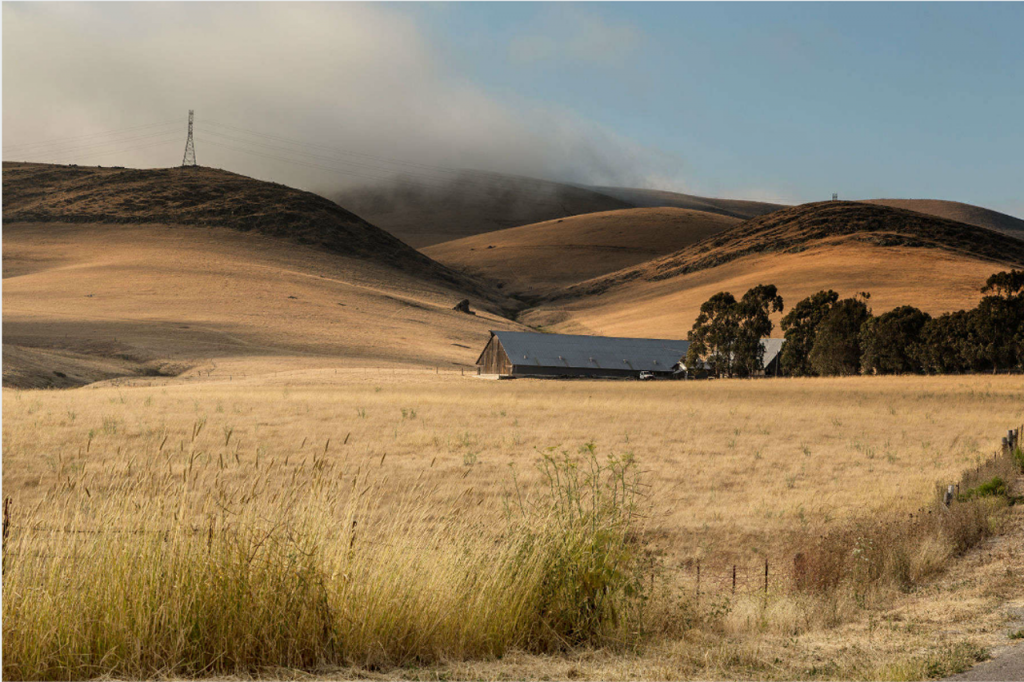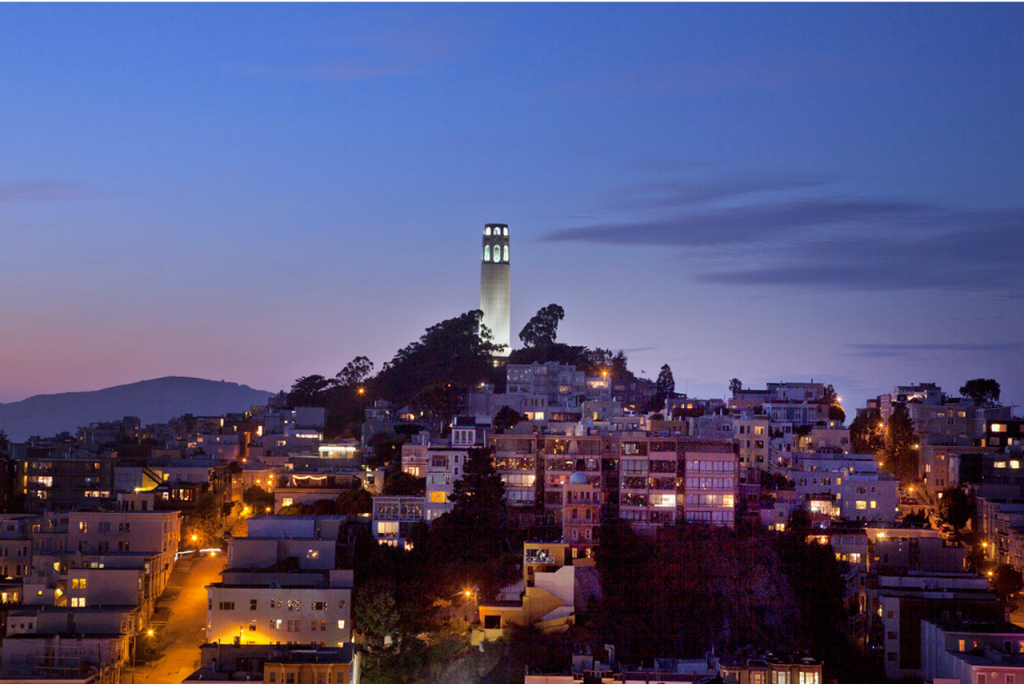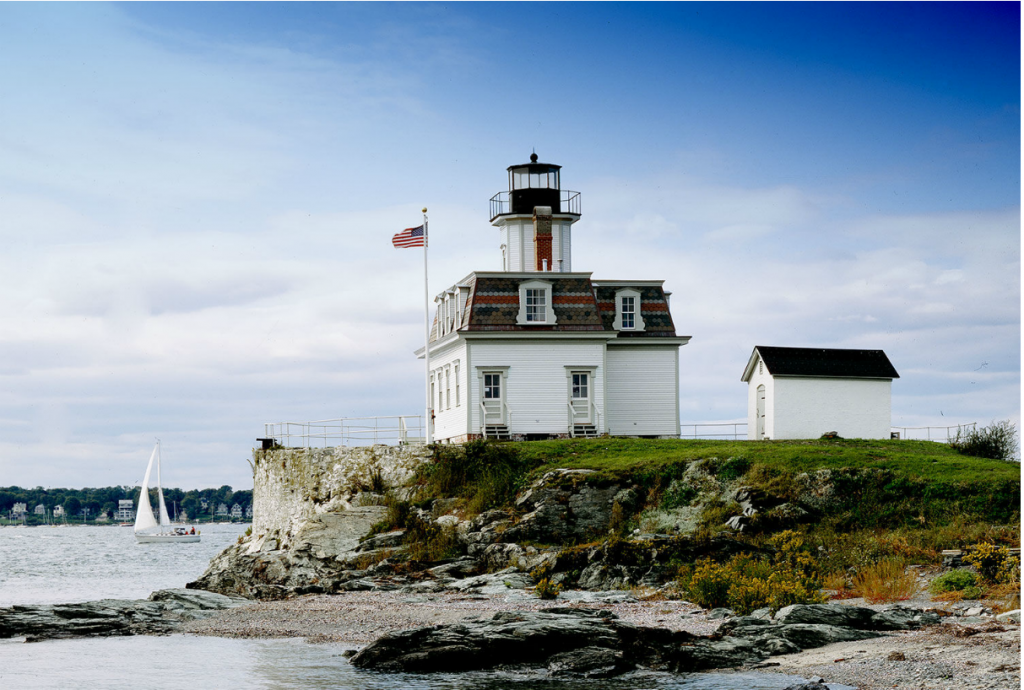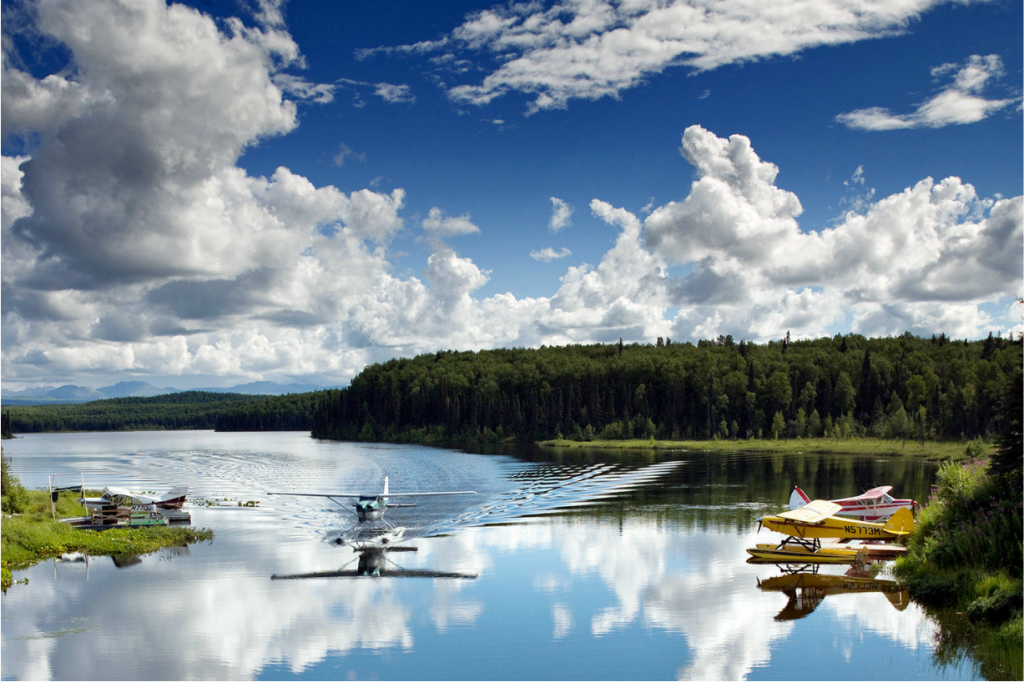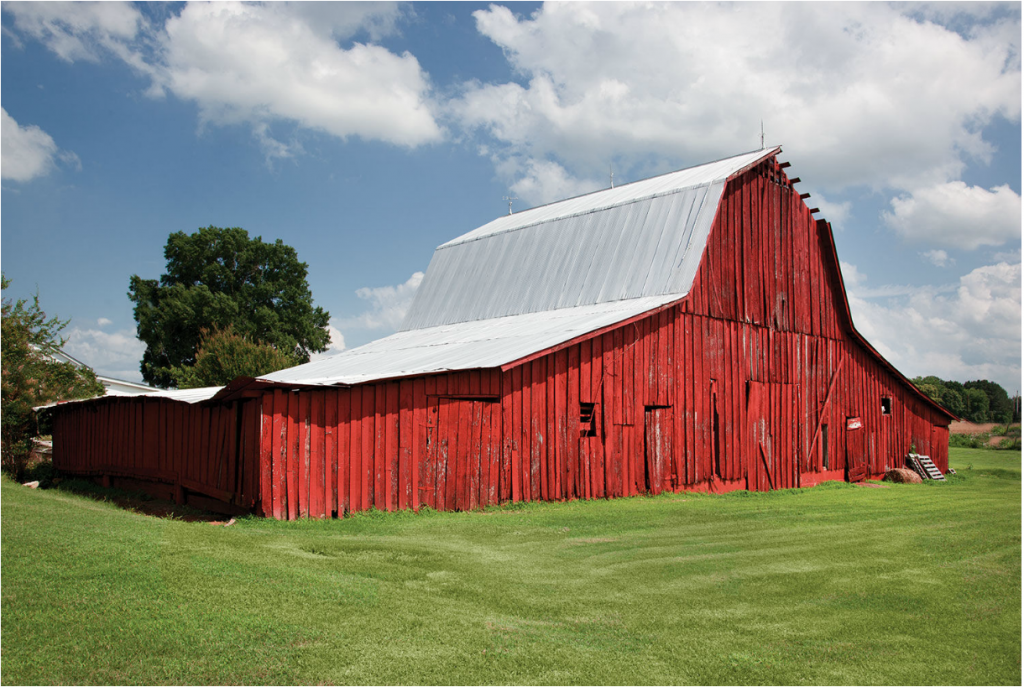Tough Traveler
In our discussion with Tough Traveler CEO, Nancy Gold, we discover how a need provided 40+ years of sustainable manufacturing for this iconic American manufacturer.
When did you have the “aha” moment that this interest/passion could be a business?
Tough Traveler started long ago to make comfortable backpacks and shoulder bags, which at the time, could not be found. It then continued into an assortment of different items; comfortable hiking packs later became comfortable backpacks for school kids, which transformed into travelers backpacks, baby backpacks, and even dog carrier packs for comfort. Likewise, shoulder bags for carrying work gear, became shoulder bags for daily living which evolved into briefcases for files, computer bags for computers and other electronics, duffel bags, luggage, garment bags, and carry-ons for going to the gym, and business and vacation travel. We even offer emergency medical services packs and bags for ambulance and fire departments!
What is the inspiration for your style and design?
Requests from the general consumer for much needed products, and observations and thoughts of what is needed to help with carrying for daily life, family, work, travel, and other uses.
Every product has various materials that compose it. What are some of the favorite materials you use in your design?
We often use the same USA-made materials: 1,000 d. Cordura® that looks like canvas but is actually very durable nylon, Packcloth, Rhinotek® and various other materials. We like materials that will hold up for usage and we like comfortable good-looking materials too!
Where do you source your materials?
USA when possible, approx 99%+
What is your favorite part of the creative and production process?
Right now we are enjoying assigning different products to increased usage, with design modifications and lots of fun in the process. Re-purposing! We have always been able to add pockets when possible, but now we are even adding whole sections!
What’s next?
USA manufacturing in the textile products area of bags and packs is very difficult, although it is rewarding to both create new products and to get excellent products to individuals, companies, and agencies. We do not pay 50 cents/hr, nor do we discard our wastes in the nearby river, and we do observe State & USA regulations for unemployment, worker’s comp., etc. USA-made products in this field of manufacturing are not generally sold by USA retailers, so to continue to design and manufacture in the USA we depend on word-of-mouth for new customers, longtime customers, and an increasing interest in USA-made products!

